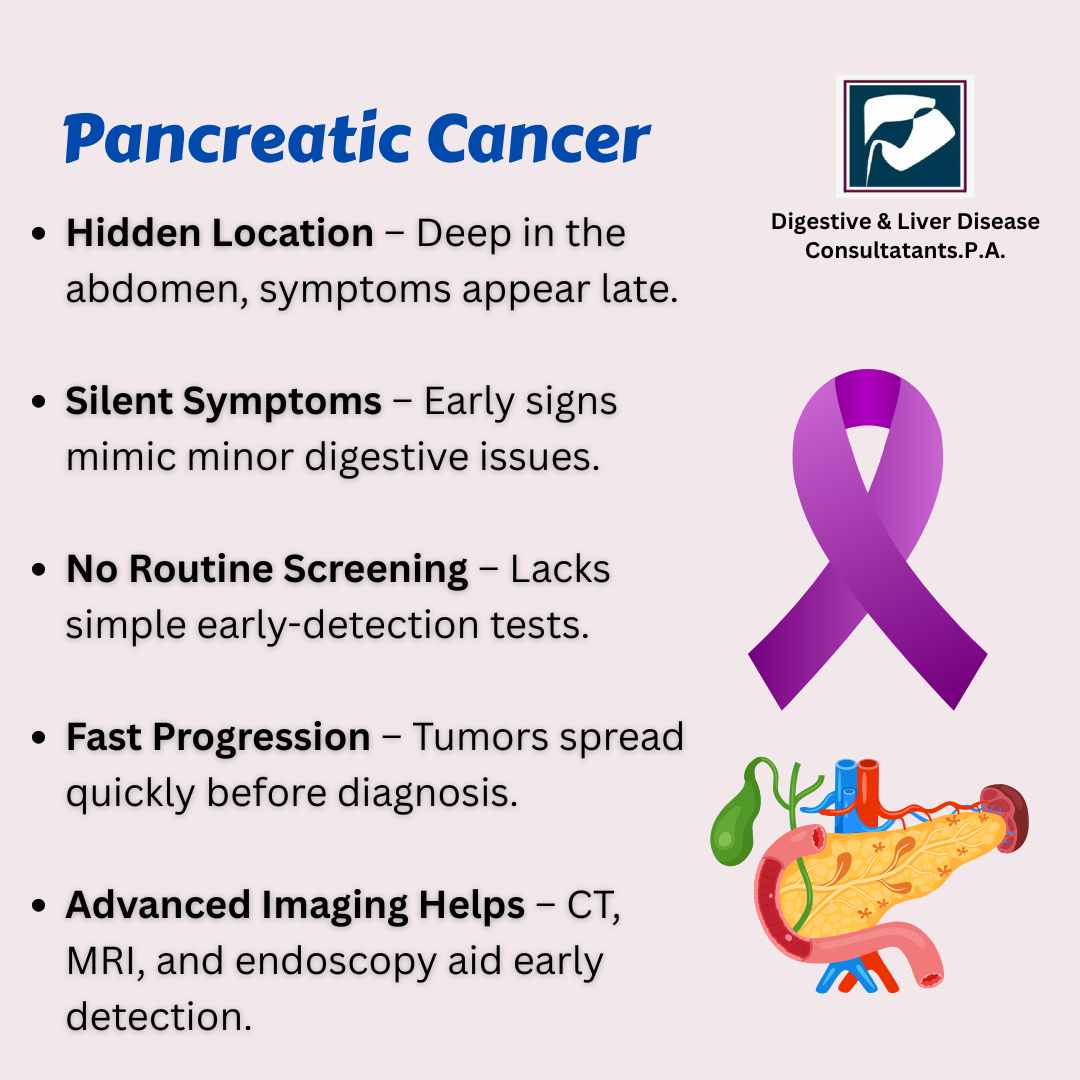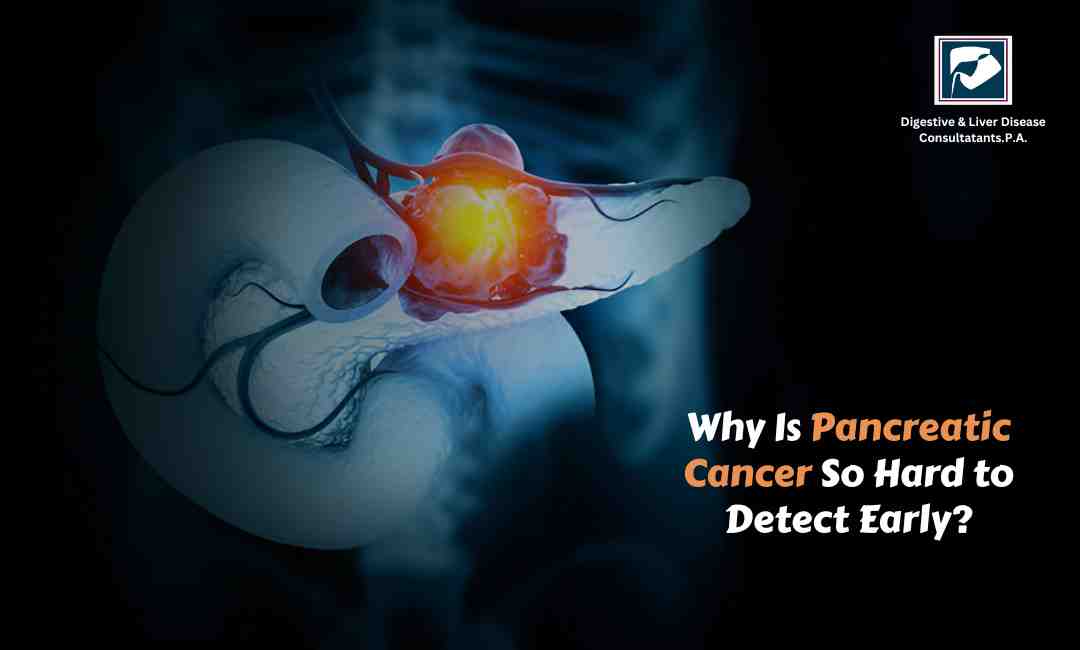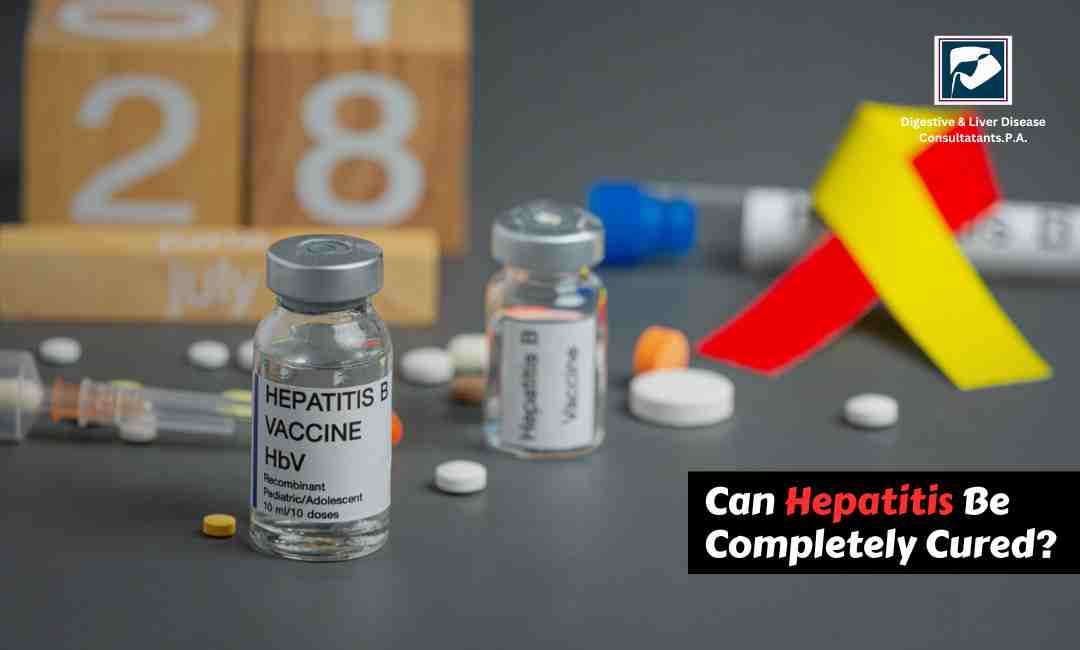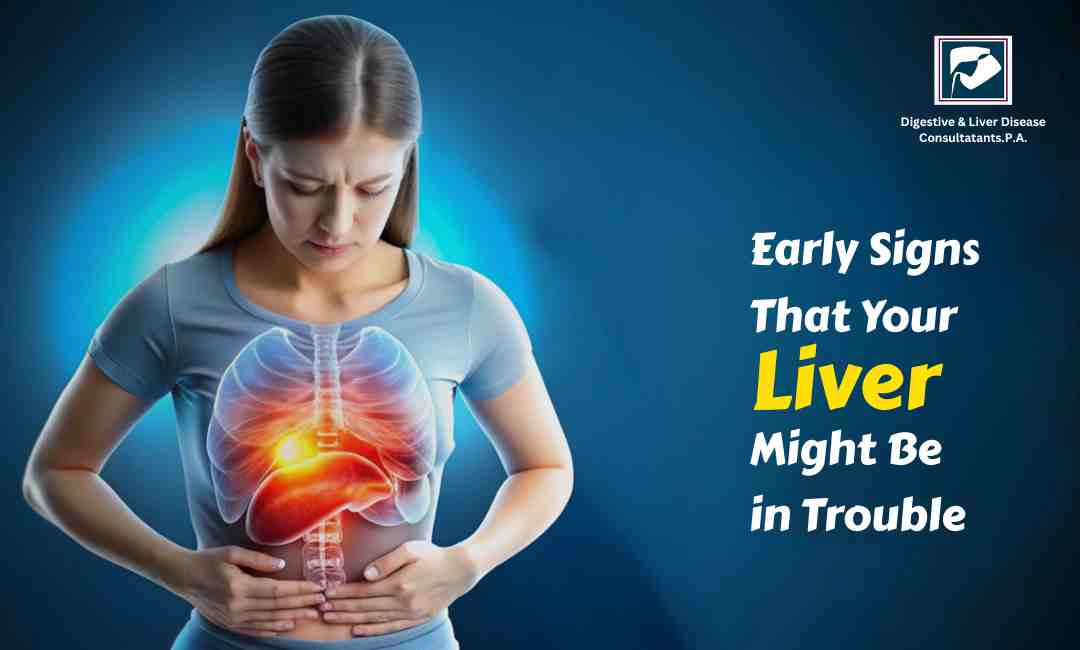Pancreatic cancer is one of the most challenging cancers to detect in its early stages. Unlike other types of cancer, it often develops quietly and may not cause noticeable symptoms until it has progressed. This makes early diagnosis difficult, and unfortunately, it contributes to lower survival rates.
Understanding why pancreatic cancer is hard to detect, the risk factors, and early warning signs can empower patients to seek timely medical evaluation. At Digestive & Liver Disease Consultants, P.A., our gastroenterologists specialize in diagnosing and treating pancreatic and other digestive disorders with advanced techniques.
The Nature of Pancreatic Cancer
The pancreas is a gland located deep within the abdomen, behind the stomach. It plays a crucial role in digestion by producing enzymes and hormones, including insulin.
Pancreatic cancer typically starts in the cells lining the pancreatic ducts. Because of the pancreas's deep location, tumors can grow without causing noticeable symptoms. This hidden growth is a key reason why pancreatic cancer is hard to detect early.

Why Early Detection Is Difficult
1. Lack of Specific Symptoms
Early-stage pancreatic cancer often does not cause specific or severe symptoms. When symptoms do appear, they are frequently vague and easily attributed to other, less serious conditions. Common early symptoms may include:
- Mild abdominal or back pain
- Indigestion or bloating
- Fatigue or unexplained weight loss
- Loss of appetite
These symptoms are not unique to pancreatic cancer, which can delay diagnosis.
2. Deep Location of the Pancreas
The pancreas is located behind the stomach and surrounded by other organs. Because of its position, tumors are not easily felt during routine physical exams, and small tumors are not detectable until imaging tests are performed.
3. Slow Onset of Detectable Signs
Pancreatic tumors can grow silently for months or years before affecting nearby organs. By the time jaundice (yellowing of the skin and eyes), severe abdominal pain, or digestive issues appear, the cancer may have already advanced.
4. Lack of Routine Screening
Unlike breast or colon cancer, there are no standard screening tests recommended for the general population to detect pancreatic cancer early. Imaging tests like CT scans, MRI, or endoscopic ultrasound are usually performed only if a person has symptoms or high-risk factors.
5. Rapid Progression in Some Cases
In certain cases, pancreatic cancer can grow quickly and spread to surrounding tissues or the liver. This combination of silent early growth and potentially fast progression makes early detection even more challenging.
Risk Factors for Pancreatic Cancer
While anyone can develop pancreatic cancer, certain factors increase the risk:
Age: Most cases occur in people over 60
Family history: A history of pancreatic or other digestive cancers
Genetic mutations: Certain inherited gene mutations increase risk
Smoking: Strongly linked to pancreatic cancer
Obesity and poor diet: High-fat diets and obesity contribute to risk
Chronic pancreatitis or diabetes: Long-term inflammation and insulin issues may increase susceptibility
People with multiple risk factors may benefit from consultation with a gastroenterologist for personalized monitoring.
Warning Signs to Watch For
Although early symptoms are often subtle, certain signs should prompt medical evaluation:
- Unexplained weight loss
- Jaundice (yellowing of skin or eyes)
- Dark urine and pale stools
- Upper abdominal or back pain
- Persistent nausea or vomiting
- New-onset diabetes or sudden changes in blood sugar levels
Early evaluation by a specialist can improve the chances of detecting pancreatic cancer before it spreads.
How Digestive & Liver Disease Consultants, P.A. Helps
At Digestive & Liver Disease Consultants, P.A., our team is experienced in diagnosing pancreatic and other digestive cancers. We use advanced imaging tools, endoscopic procedures, and lab tests to detect abnormalities in the pancreas and surrounding organs.
Our board-certified gastroenterologists focus on:
- Evaluating patients with risk factors or concerning symptoms
- Performing minimally invasive diagnostic procedures
- Creating personalized treatment and monitoring plans
- Coordinating with oncology specialists when cancer is detected
By combining expertise, technology, and patient-centered care, we aim to detect pancreatic conditions as early as possible and provide effective treatment options.
Tips for Supporting Pancreatic Health
While pancreatic cancer cannot always be prevented, maintaining a healthy lifestyle may reduce risk and support overall digestive health:
Quit smoking: Tobacco use significantly increases risk
Maintain a healthy weight: Balanced diet and regular exercise support metabolism
Limit alcohol: Excessive drinking can contribute to pancreatitis and other issues
Eat a nutrient-rich diet: Focus on fruits, vegetables, whole grains, and lean proteins
Regular checkups: Routine medical visits help identify health changes early
Conclusion
Pancreatic cancer is hard to detect early due to its hidden location, vague symptoms, and lack of routine screening tests. Awareness of risk factors, subtle symptoms, and early evaluation is essential. Individuals experiencing unexplained weight loss, jaundice, digestive discomfort, or new-onset diabetes should seek professional assessment promptly.
If you are experiencing digestive symptoms, unexplained weight changes, or have risk factors for pancreatic cancer, schedule an appointment with Digestive & Liver Disease Consultants, P.A. Our expert gastroenterologists provide comprehensive evaluation, early detection strategies, and personalized care to help protect your digestive health and well-being.






